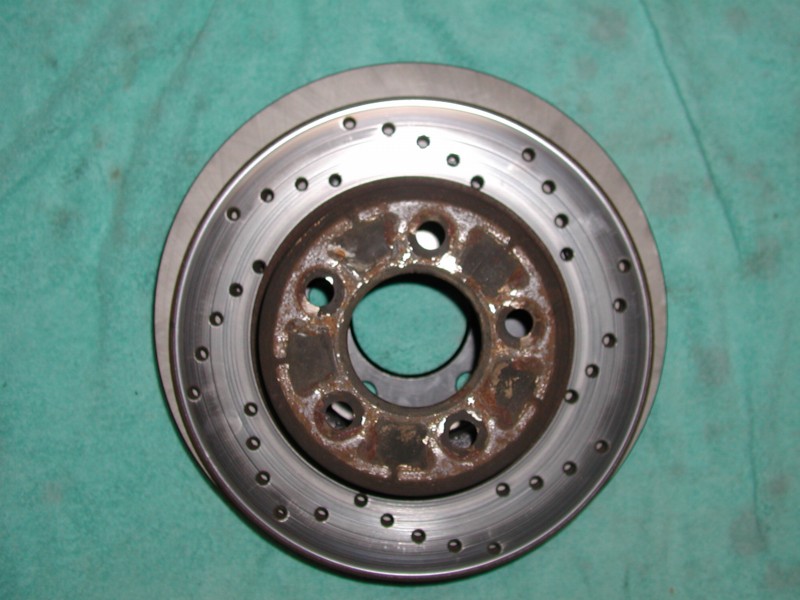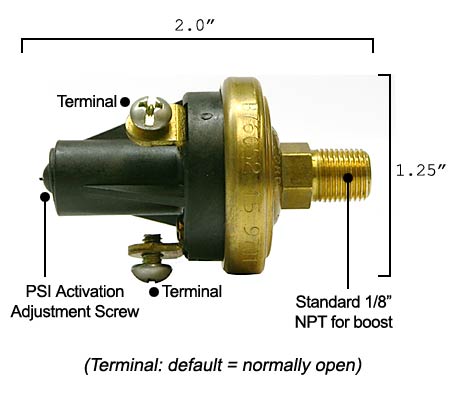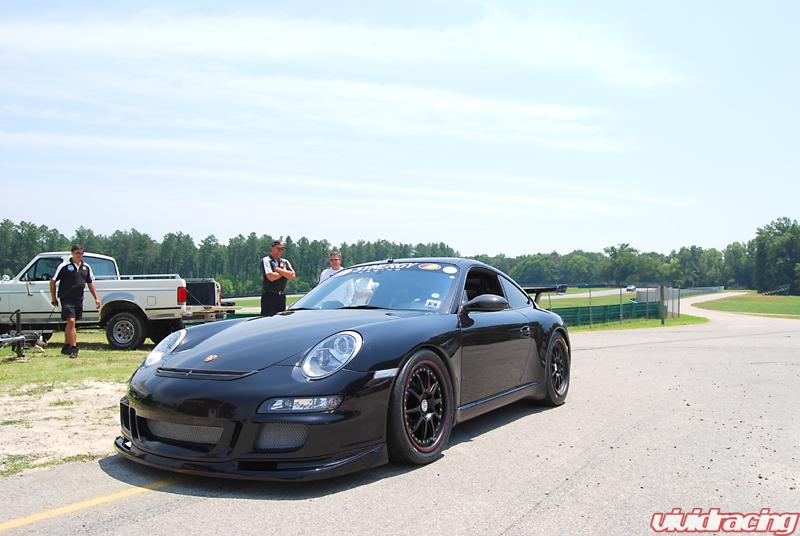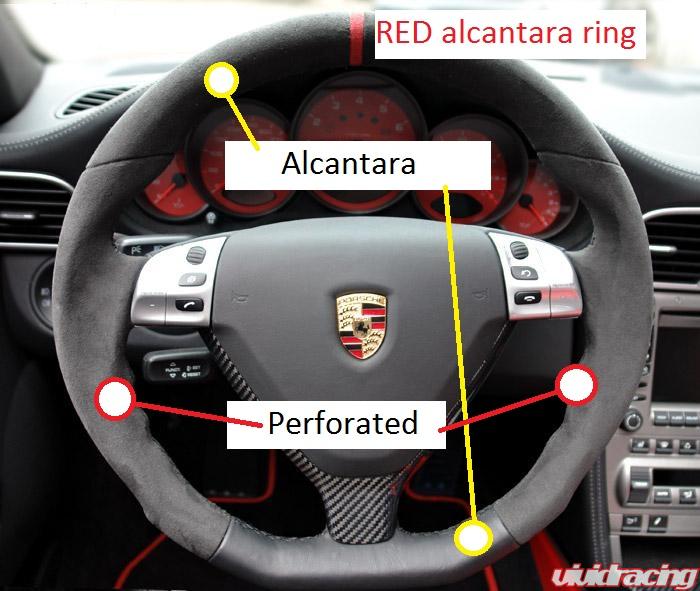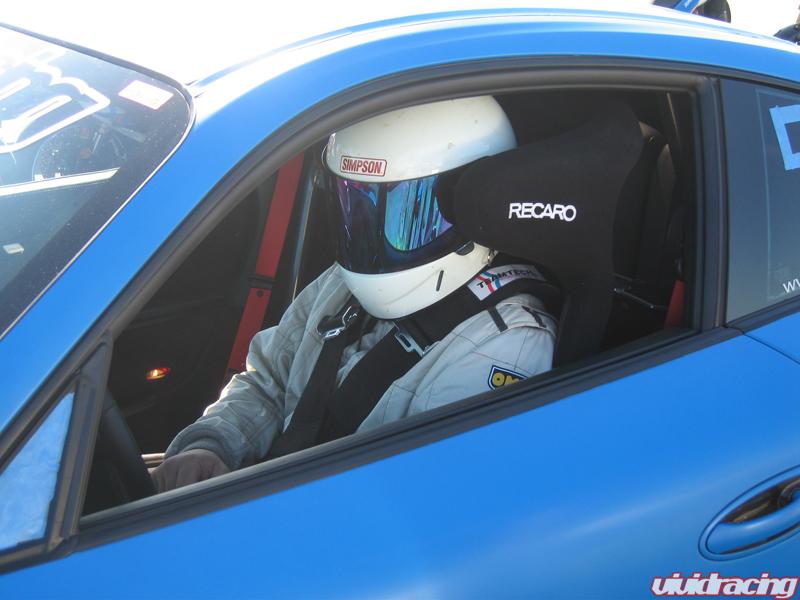I have chosen to highlight a few more events that focus on getting people onto the tracks. Sure some are competitions and a few require competition licenses but the vast majority of these and the ones in other posts are just open track time with an instructor, if needed, so you can get out and just have fun.
***REDLINE TIME ATTACK EVENTS***
March 26-28 Buttonwillow Raceway Park, CA
April 10-11 New Jersey Motorsports Park, NJ
April 23-25 Las Vegas Motor Speedway, NV
May 29-30 Auto Club Speedway, CA
June 12-13 Autobahn Country Club, IL
July 2-4 Willow Springs Intl' Raceway, CA
September 18-19 Spring Mountain, NV
October 23-24 Infineon Raceway, CA
November 12-14 Auto Club Speedway, CA
***ROEBLING ROAD RACEWAY SEATTIME EVENTS***
April 2-3
May 21
July 16
August 28-29
October 15
November 12
***NASA MID ATLANTIC REGION EVENTS***
March 23-25, HPDE 1-4 and Time Trials at VIR (Full Course)
April 17-18, HPDE 1-4 and Time Trials at Summit Point (Main Course)
June 19-20, HYPERFEST 10, HPDE 1-4, Time Trials, Sprint Racing at Summit Point (Main Course)
July 23-25, HPDE 1-4, Time Trials, Sprint Racing, and much more at VIR (Full Course)
August 21-22, HPDE 1-4, Time Trials, and Sprint Racing at Summit Point (Main Course)
October 8-10, OKTOBERFEST, HPDE 1-4, Time Trials, Open Track, Sprint Racing, TnT at VIR (Full Course)
November 6-7, HPDE 1-4 and Time Trials at Summit Point (Main Course)
***WASHINGTON DC REGION SCCA***
March 19-21, Spring Drivers School Double at Summit Point
April 24-25, MARRS at Summit Point
May 1-2, PDX and Club Trials at Shenandoah
May 8-9, MARRS/SARRC at VIR
June 5-6, MARRS at Summit Point
June 26-27, MARRS/NJRRS at Summit Point
July 10-11, MARRS/NJRRS at New Jersey Motorsports Park
July 17-18, PDX and Club Trials at Shenandoah
August 7-8, MARRS at Summit Point
August 21-22, MARRS/NJRRS at New Jersey Motorsports Park
September 4-6, MARRS Labor Day Double at Summit Point
September 25-26, PDX and Club Trials at Summit Point (Main Course)
October 9-10, MARRS at Summit Point
October 23-24, PDX and Club Trials at Summit Point (Main Course)
***NEW ENGLAND REGION SCCA EVENTS***
April 10, National at New Hampshire Motor Speedway (NHMS)
April 30, Drivers School at NHMS
May 2, Regional at NHMS
June 5, Regional at NHMS
June 18, Drivers School at Lime Rock
June 19, Regional at Lime Rock
July 10, Regional at NHMS
August 21, Regional at NHMS
September 11, Regional at NHMS
***PENNSYLVANIA HILL CLIMB ASSOCIATION EVENTS***
www.pahillclimb.org
May 29-30, Jefferson Circuit, WV
June 12-13, Weatherly Hillclimb, PA
June 26-27, Pagoda Hillclimb, PA
July 10-11, Giants Despair Hillclimb, PA
July 24-25, Rose Valley, PA
August 7-8, Polish Mountain Hillclimb, PA
August 21-22, Duryea Hillclimb, PA
September 4-5, Jefferson Circuit, WV
September 18-19, Weatherly Hillclimb, PA
***BEAVERUN MOTORSPORTS PARK FLAT OUT DAYS***
April 3
April 24
May 7
May 29
June 15
July 2
July 25
August 13
August 27
September 19
October TBD
***NELSON LEDGES FUNDAYS AND SCHOOLS***
April 16, Fun Day
May 8-9, SCCA Driver School Double
May 21, Fun Day
June 4, Fun Day
June 18-20, PCA Driver School
June 25, TnT and Fun Day
July 16, Fun Day
August 6, Fun Day
September 10, Fun Day
September 17, Fun Day
October 1, Fun Day
October 29, TnT and Fun Day
Thats it for now...there are many more regions and many more groups for me to hunt down and post on.
Remember that planning your season starts with knowing what events you are going to...dont try to stack too much into your season. Make sure you leave just enough room for you to take care of your car in between weekends. Just from this list alone and the ones from other posts, you should be able to have a track event just about every weekend if you just willing to drive a little to get there. My rule is if it is 6 hours away, ill try to make it...ive driven as much as 10hrs for events.
Remember to have fun this season and stay safe.
























